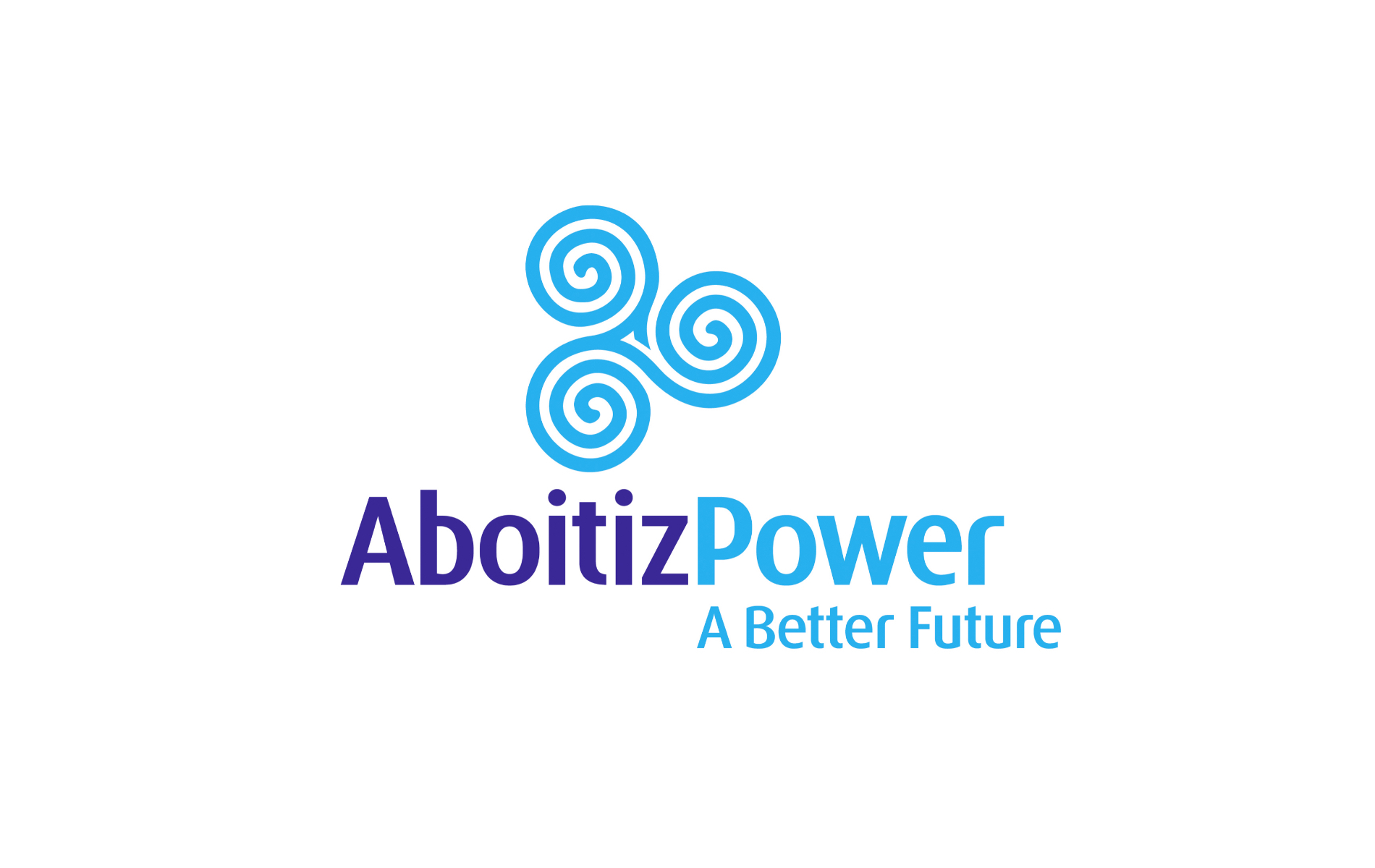Therma Mobile to suspend operations of two power barges due to challenges
- February 14, 2025
- 0

Aboitiz Power Corporation says that its subsidiary, Therma Mobile, Inc. (TMO), will mothball two of its Bunker C-fired power barges in Navotas starting February 14, 2025.
Mothballing a power barge means temporarily decommissioning or putting it out of service while maintaining the possibility of bringing it back online in the future. Unlike full decommissioning, where assets are permanently shut down or dismantled, mothballing allows a company to preserve its assets for potential reactivation.
In a disclosure to the Philippine Stock Exchange, Aboitiz Power said the Department of Energy (DOE) has already issued a Letter for Confirmation (LOC) approving the temporary deactivation of TMO Mobile 4 and Mobile 6 located in Navotas Fishport Complex, with plans for their return to service on February 1, 2027.
TMO cited technical and commercial difficulties as the primary reasons for the mothballing, stating that these challenges hinder the safe and efficient operation of the barges.
The firm added that this move aligns with regulatory procedures and ensures the long-term viability of its power generation assets.
“The LOC was issued following TMO’s filing of a letter of intent to mothball TMO Mobile 4 and Mobile 6 due to technical and commercial challenges that prevent or hamper their full utilization and continued safe and efficient operation,” said Aboitiz Power in a statement.
In compliance with government regulations, notices have been sent to relevant agencies, including the Independent Electricity Market Operator of the Philippines (IEMOP), the National Grid Corporation of the Philippines (NGCP), and the Energy Regulatory Commission (ERC).
With two power barges offline, there could be a reduced buffer capacity in the Luzon grid, particularly in times of peak demand or unexpected supply shortfalls.
Despite the deactivation, TMO, however said, it will continue generating power through its two remaining barges, TMO Mobile 3 and Mobile 5, which will remain operational.
A Bunker C-fired power barge is a floating power generation plant that runs on Bunker C fuel oil, a type of heavy fuel oil (HFO). These barges are typically moored along coastal or riverine locations, supplying electricity through diesel or steam turbine generators that burn the fuel.
Bunker C-fired power barges play a crucial role in grid stability, especially during peak demand periods. They are also used as backup and emergency power sources, particularly in island grids and peak load scenarios. However, their operation comes with significant challenges. Due to fuel impurities, their engines and boilers require frequent maintenance, leading to high upkeep costs. Additionally, they emit more pollutants compared to natural gas or renewable energy sources, raising environmental concerns. Their reliance on a steady Bunker C fuel supply also makes them vulnerable to market price fluctuations, impacting operational costs and long-term viability.
Due to environmental concerns and the shift towards renewable energy, their use is gradually being phased out in favor of cleaner alternatives like LNG (liquefied natural gas) or solar and wind power.
As the energy sector adapts to operational and market challenges, stakeholders are encouraged to monitor developments affecting power supply stability. Tune in to Power Philippines for more updates.